2016 SMART Toronto
January 28, 2016
SMART Remediation talks have focused on innovative technologies for remediating contaminated sites, approaches for site characterization, project case studies, regulatory and industry perspectives, and other related topics.

The 16th SMART Remediation conference was held in Toronto on Thursday, January 28th, 2016. Details on the speakers and presentations are provided below.
Speakers
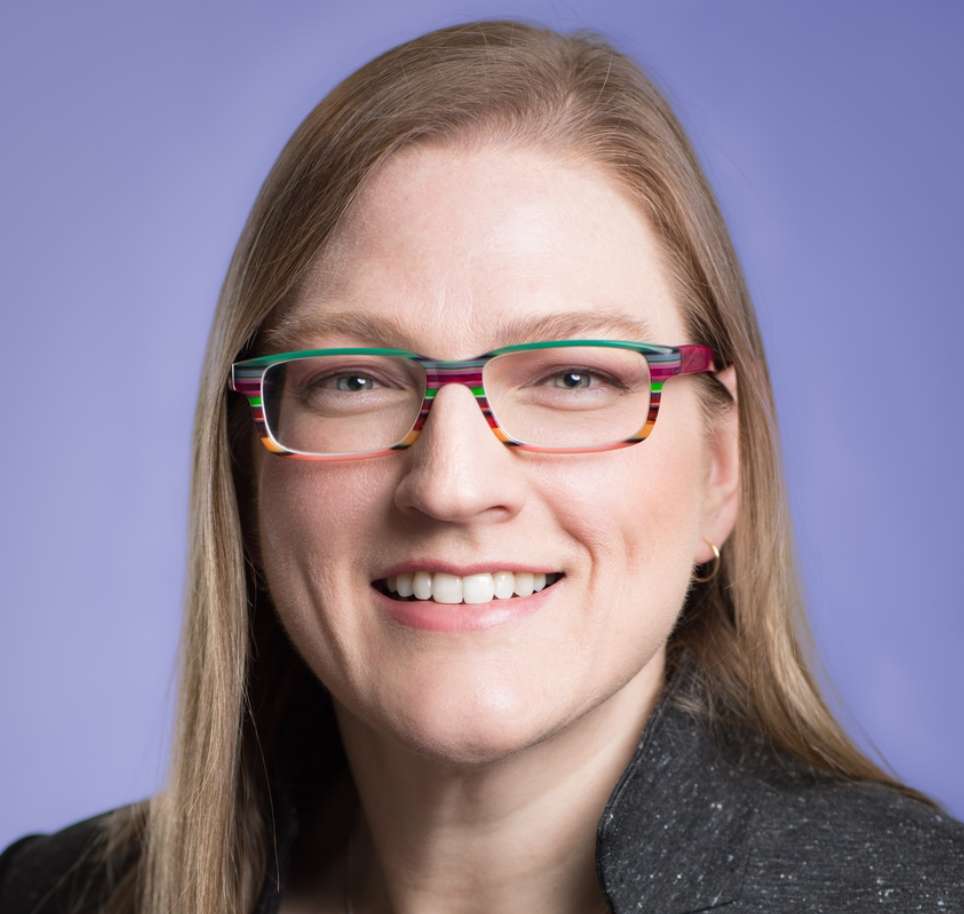
Jacquelyn Stevens,
Willms & Shier Environmental Lawyers LLP
Managing Environmental Liabilities: Case Law Update and Case Studies
- Bio |
- Abstract
- | Presentation
Jacquelyn Stevens
Jacquelyn Stevens has significant expertise representing a wide range of clients in environmental civil litigation, defence of prosecutions by environmental regulators, and on administrative appeals. Jacquie also provides effective advice and solutions for environmental due diligence and compliance, brownfields/contaminated site remediation, and environmental approvals for air, odour, noise and waste. Jacquie appears before the Courts and administrative tribunals, including the Ontario Court of Appeal. Jacquie advises on cross-boundary migration of contamination and remediation options during civil litigation and has significant expertise litigating contamination issues at dry cleaning operations and gas stations. Jacquie defends clients against quasi-criminal environmental prosecutions by regulatory authorities, and appeals regulatory orders and approvals. Jacquie is the President of the Women’s Law Association of Ontario and a member of the CBA, OBA, PDAC and ESAA. In addition to her law degree, Jacquie has a B.Sc. in Earth Sciences from Dalhousie University, a Master of Science in Geology from St. Francis Xavier University, and a Master of Studies in Environmental Law from Vermont Law School. Jacquie is called to the bar in Alberta and Ontario.
Managing Environmental Liabilities: Case Law Update and Case Studies
Over the last two years, the Supreme Court of Canada, provincial courts across the country and environmental tribunals have re-shaped environmental regulatory and civil liabilities in Canada. Environmental regulatory liability is reaching farther than ever. Corporate directors and officers, lenders, real estate brokers, environmental consultants and others find themselves faced with new and expanding environmental responsibilities and liabilities. Courts have clarified environmental liability in civil lawsuits, finding municipalities and others liable for actions that may lead to contamination. At the same time, courts have limited the ability of some parties to initiate civil claims. Environmental consultants’ are facing increasing risks and requirements in providing environmental and remediation services to clients. More than ever, property owners, and the professionals engaged to assist those dealing with contaminated land need to understand the growing risks and liabilities, and ways to manage them. This presentation will provide an update of the latest environmental regulatory and civil case law across Canada. Key consultant professional “blunders” and liabilities will also be reviewed. Finally, several case studies will be discussed which incorporate the unique intersection between the law and environmental science, these examples involve different investigation and remediation strategies.
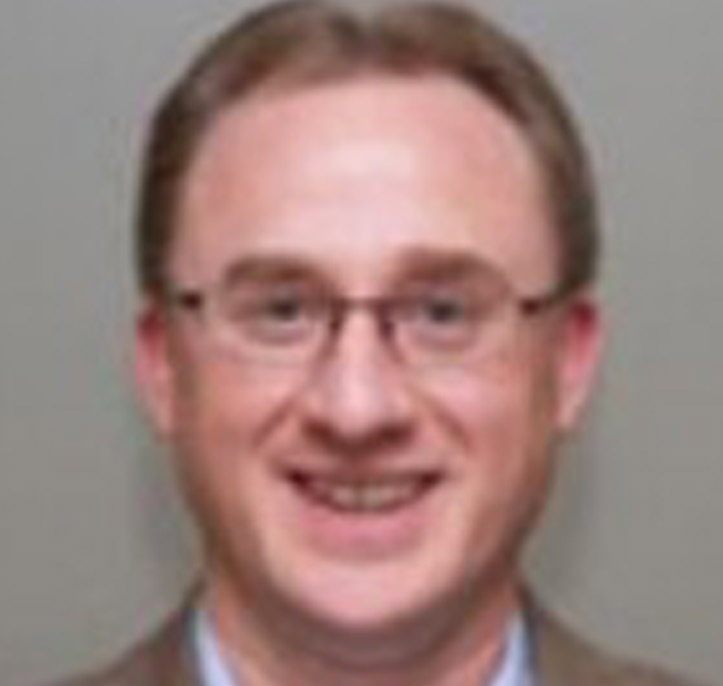
Paul Martin,
Matrix Solutions Inc.
Modelling Uncertainty Analysis for Contaminant Risk Assessment
- Bio |
- Abstract
- | Presentation
Paul Martin
Mr. Paul Martin is a Principal Hydrogeologist in Matrix Solutions with over 20 years of experience in the development and application of groundwater modelling tools. Having successfully completed several hundred groundwater modelling projects, many of them for regional scale aquifer systems, he has gained a wealth of experience in the practical application of data analysis and modelling tools. Recognizing the role of the model as a decision making tool, he approaches problems with a focus on technical excellence, incorporation of detailed hydrogeologic structure and comprehensive uncertainty quantification.
Modelling Uncertainty Analysis for Contaminant Risk Assessment
Models are often relied upon to extrapolate from our existing site knowledge and make predictions regarding potential future impacts associated with contaminant plumes, or the effectiveness of proposed remediation systems. Predictions made with models are always subject to uncertainty. That uncertainty stems from having incomplete conceptual understanding of the hydrogeology and groundwater flow system, incomplete characterization of the contaminant source and distribution in the subsurface, sparse observation data to calibrate the model, and incomplete measurements of hydrogeologic parameters. Recent developments in cloud computing and numerical analysis tools (e.g., FEFLOW + PEST) have made meaningful assessment of model prediction uncertainty more cost-effective and informative. With such advancements, detailed models that accurately depict our understanding of the hydrogeologic setting can be applied, as opposed to simplified analytical models. This presentation will illustrate how modelling tools are being applied to evaluate contaminant prediction uncertainty, data gap implications, and remediation alternatives for a contaminated site in Western Canada. The uncertainty analysis provides insights regarding the range of potential exposure levels, the most likely levels, and the timing of expected exposures. This process also highlights data gaps that control the predictions and the value of filling such data gaps with respect to reducing exposure level uncertainty.
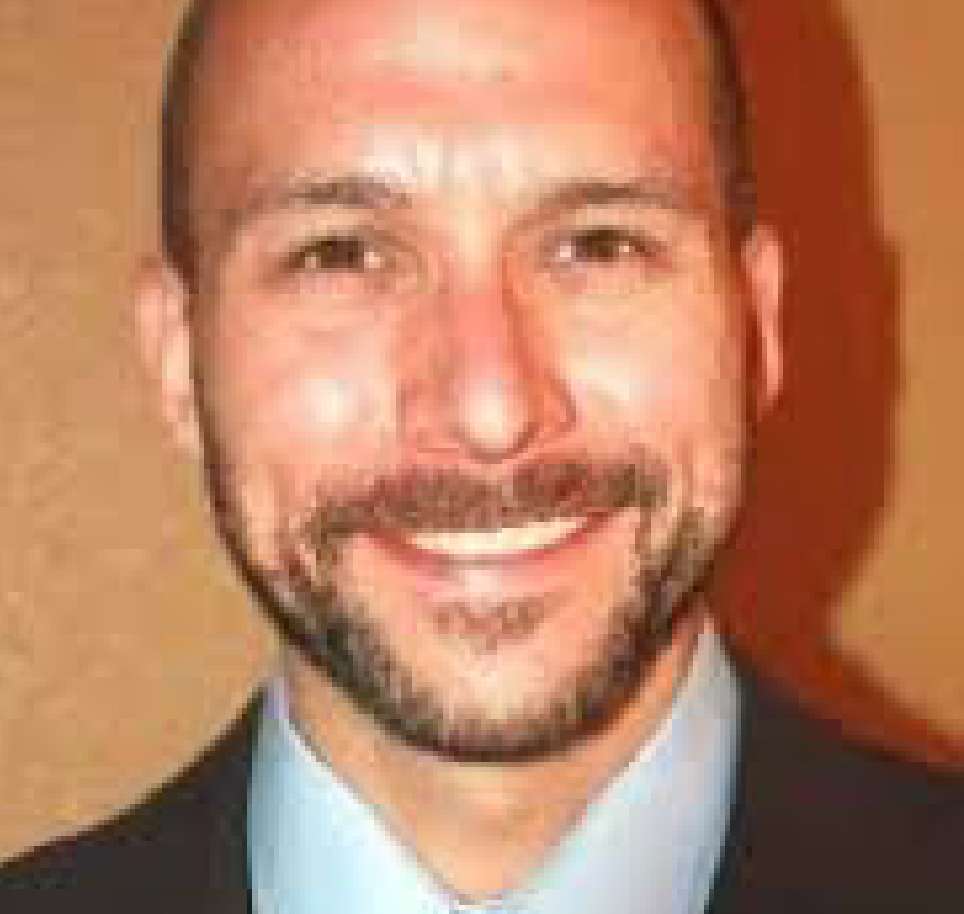
Paul Martin,
AST Environmental, Inc.
Overburden and Bedrock Remediation Using Activated Carbon Based Injectates
- Bio |
- Abstract
- | Presentation
Paul Martin
Mike Mazzarese is a Senior Remediation Engineer at AST Environmental and has been involved with in-situ remediation for 17 years. His responsibilities include project management, research and development, remedial assessment and design, field implementation oversight, and post project data analysis. Mike is a graduate of Penn State University holding a Master of Science degree in Environmental Engineering. He has previously worked for Vironex, Regenesis, and URS and is currently based in the Denver, CO area.
Overburden and Bedrock Remediation Using Activated Carbon Based Injectates
Activated carbon based injectates were utilized to remediate petroleum hydrocarbon and chlorinated solvent contamination at two subject sites. Each site underwent a thorough data gap analysis and subsequent Remedial Design Characterization (RDC) in order to develop a complete conceptual site model. The RDC programs included vertically dense soil and groundwater sampling and/or bedrock fracture characterization using custom inflatable straddle packers. Once the RDC data was incorporated into the final designs, the reagents were surgically applied to the impacted areas and vertical zones identified during the RDC taking into account the project objectives, total mass present (aqueous and sorbed), lithology, hydraulics, and reagent distribution. A brief overview of each site, the remedial strategy, and results will be discussed. Site #1. Former Manufacturing Facility – A large manufacturing facility used vapor degreasing in the 1970s and 1980s that resulted in chlorinated volatile organic compound contamination of limited soil and widespread groundwater areas. In the primary source areas, Trichloroethene (TCE) concentrations in groundwater exceeded 50 mg/L. BOS 100® (activated carbon impregnated with reactive iron) was applied over two injection rounds to achieve average contaminant reductions of 90% (vinyl chloride) to 98% (TCE). Site #2. Former Retail Petroleum Station – AST was contracted to remediate petroleum hydrocarbon impacted groundwater within shallow fractured bedrock and overburden soil at a former retail petroleum site. After a RDC was performed in both the unconsolidated and consolidated strata, BOS 200® (activated carbon blended with terminal electron acceptors, nutrients, and a bacterial blend) was injected over two field events to successfully achieve the site cleanup goals.
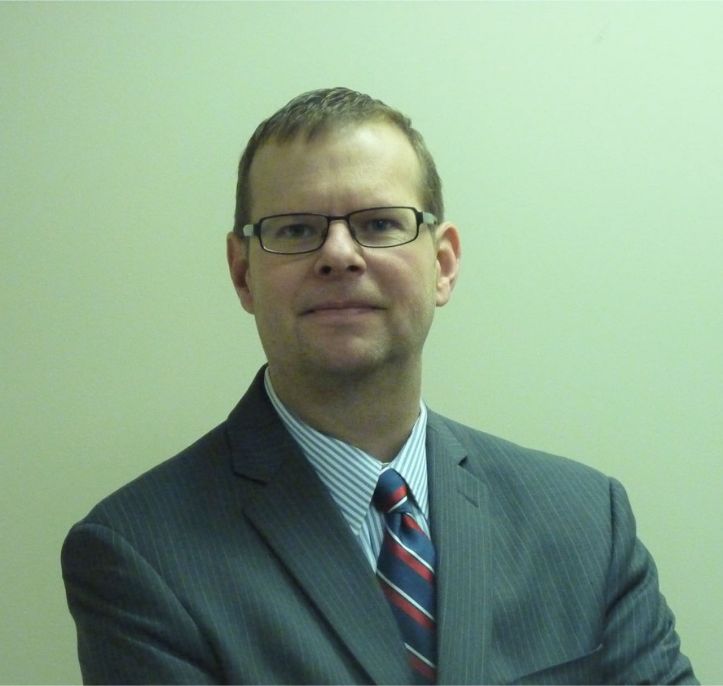
Gerry Parrott,
BlueFrog Environmental Consulting Inc.
Innovative Use of Sliding Rail Shoring and Installation of Vertical Hanging Barriers
- Bio |
- Abstract
- | Presentation
Gerry Parrott
Gerry has over 25 years of experience in the environmental consulting industry. He is a licensed Professional Geoscientist (Ontario and Manitoba), and a recognized Qualified Person (QP) under Ontario Regulation 153/04 of the Environmental Protection Act. Gerry is the Founder and President of BlueFrog Environmental Consulting. Prior to starting BlueFrog, Gerry was responsible for managing and operating Hemmera’s (now Ausenco) Ontario region office and prior to that, Parsons Ontario region office, providing oversight for technical projects and serving as senior report reviewer for projects in Ontario and throughout Canada. Gerry also functioned as the single point of contact for several large clients, including several well-regarded law firms, commercial/industrial clients, and one of the largest electricity distributors in Canada. Gerry’s principal expertise is evaluating the findings from site investigations and providing well-reasoned, practical guidance and advice to senior staff and clients. He provides guidance for standard to complex remedial plans, Ministry Orders, supports litigation and dispute resolution cases, has been qualified as an environmental contaminant expert in matters before the Ontario Superior Court of Justice, participates in the development and execution of practical risk management plans, and provides timely and critical advice during and after spills. In addition, Gerry has extensive experience undertaking work in support of filing Records of Site Condition (RSCs) in Ontario.
Innovative Use of Sliding Rail Shoring and Installation of Vertical Hanging Barriers
Sliding rail shoring has been in use for many years in the construction industry. While sliding rail shoring is not unique, the method by which we’ve employed it for soil and groundwater remediation is. Hemmera and Claybar have adapted and applied the traditional sliding rail shoring system to facilitate excavation of impacted soil and entrained groundwater along property lines and with adjacent underground utilities, all without the need to access adjacent off-site properties. In addition, we’ve used the system to facilitate excavation of impacted soil under building footings and in some cases even further under the building. Lastly, the sliding rail shoring system has been modified to be able to install a contiguous vertical liner directly situated on property lines. The liner installation method is unique, has been successfully implemented, is less expensive than traditional shoring systems, and addresses the often complex technical and legal issues of accessing off-site properties. The purpose of this talk is to review how sliding rail shoring is used to remediate impacted soil and entrained groundwater and its benefits and limitations. To illustrate the method, we will present a recently completed project where sliding rail shoring was used to excavate impacted soil up to 5 m below ground surface between two buildings where the distance between the buildings was only 10 m. In addition, we simultaneously used the shoring system to install a vertical bentofix lined HDPE barrier on the property line between the two buildings and then used the system to facilitate underpinning of the site building and excavation approximately 1.5 m under the building and 5 m below ground surface. To demonstrate its benefits, we will contrast the time and cost of conducting this work with traditional shoring systems, property line implications, and we will discuss the options and outcome if no shoring was employed.
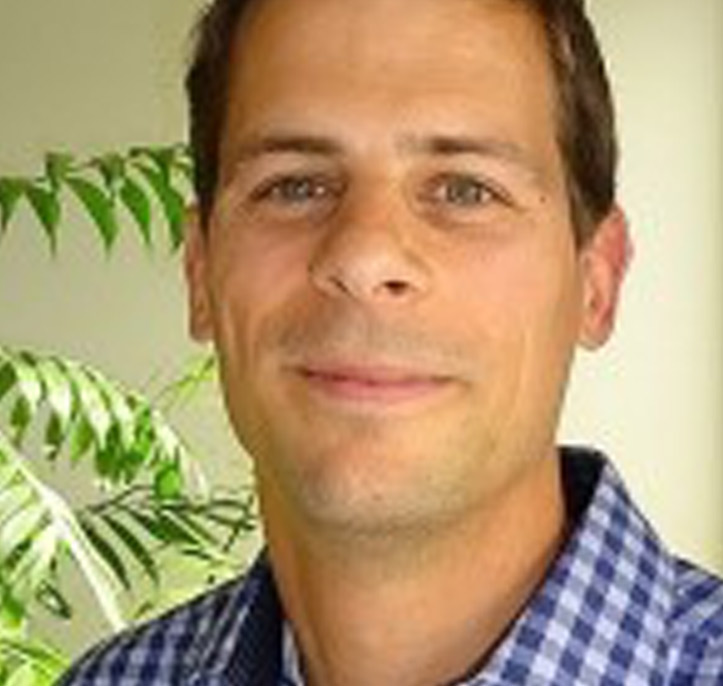
Guillaume Couillard,
Green Municipal Fund (GMF)
The Green Municipal Fund: Accessing Funds and Remediation Case Studies
- Bio |
- Abstract
- | Presentation
Guillaume Couillard
Guillaume Couillard, M.Sc., P.Geo., is an advisor for the Green Municipal Fund (GMF) at the Federation of Canadian Municipalities (FCM). He is responsible for leading business development within the brownfield sector across Canada. He leads the GMF effort to identify, attract and develop the best environmental municipal projects to help Canadian municipalities and their partners address environmental concerns. Guillaume has worked for eight years within the private and public sector in contaminated site management prior to joining the FCM. He holds a Master of Science in Marine Resource Management from the Université du Québec à Rimouski and a Bachelor of Science in Environmental Science from the University of Waterloo.
The Green Municipal Fund: Accessing Funds and Remediation Case Studies
This presentation will briefly describe the Green Municipal Fund and how to access its funds, before presenting two innovative pilot projects that have been completed with the support from Green Municipal Fund: the waterfront Toronto soil recycling project and the Greenwich-Mohawk, Brantford site. The waterfront Toronto soil recycling pilot project aimed at determining if alternative remediation techniques could be implemented for the 800 hectares of Toronto Designated Waterfront Area (DWA). The estimated volume of contaminated soil was estimated to be 2.185 million m3. Two specific soil washing techniques were evaluated and compared to a traditional dig and dump to quantify the environmental, social and economic ramifications of each technique. This pilot project allowed to clearly identify the best way to move forward through the collection of the necessary data. The Greenwich-Mohawk project is located on a 20 hectares site in Brantford, ON. The site was contaminated with petroleum hydrocarbons (PHC) and volatile organic compounds. An area of 9 hectares was found to contain soil and groundwater PHC concentration that exceeded the remedial target. Three separate pilot projects were undertaken to investigate which technique: the use steam enhanced remediation, air sparging/soil vapour extraction (as/sve), or biopile could be successfully implemented on the site to remediate the contamination. The Green Municipal Fund (GMF) provides knowledge and funding to address brownfield challenges across Canada. By getting involved at the early stages of a project, the GMF allows proponent to investigate innovative remediation approaches that can decrease its overall environmental impact as well as deliver clear and tangible social and economic benefits.
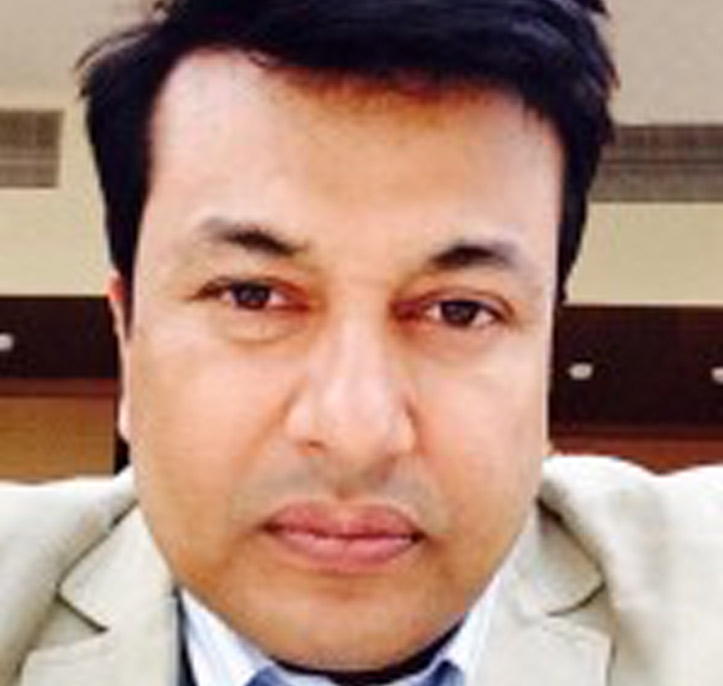
Salah Sharif,
Parsons
Case Study: Remediation of Crude Oil in Fractured Shale using Multi-Phase Extraction (MPE) Enhanced by Surfactant
- Bio |
- Abstract
- | Presentation
Salah Sharif
Dr. Sharif has more than 15 years of experience in physical and contaminant hydrogeology, environmental geochemistry, groundwater modeling for flow and contaminant transport and fate, geochemical modeling for the evolution of groundwater chemistry along the flow path, water resources development and aquifer characterization, environmental site assessments (phases I & II), risk assessment, remedial option evaluation, remedial system design and implementation, application of environmental isotopes, evaluation of acid mine drainage and leaching of metals and metalloids from mining properties, geophysics, statistical analysis, remote sensing and geographic information systems. Dr. Sharif holds a doctorate degree from the University of Arkansas and a Masters degree from the University of North Dakota. He has published several metal issue papers in renowned international journals and also has been serving as a reviewer for metal issue papers for renowned Elsevier series journals.
Case Study: Remediation of Crude Oil in Fractured Shale using Multi-Phase Extraction (MPE) Enhanced by Surfactant
Petroleum hydrocarbon (PHC) impact in groundwater in fractured bedrock remains one of the greatest challenges to groundwater remediation. Remediation approaches commonly applied to relatively homogeneous and unconsolidated soils can be ineffective in fractured bedrock due to the discrete nature of transport pathways and fate in fractured rock. A pilot test was conducted from May to June 2015 in a small area in southwestern Ontario, where crude oil impacts in shallow fractured Queenston shale bedrock were persistent for decades. The pilot test was aimed to determine the feasibility and design parameters for full-scale remediation of the PHC impacts using multi-phase extraction (MPE) enhanced by injections of a non-ionic surfactant. The pilot test included site characterization involving drilling multi-level monitoring and recovery wells, pumping tests, tracer tests, soil vapor extraction, baseline sampling, a four-week long surfactant enhanced MPE operation with varying configurations, and performance sampling. The methodology of the test will be presented. Upon injection of surfactant solutions, crude oil recovery increased substantially, including free phase and dissolved phase PHC, with very little vapour phase PHC. The findings of the four-week long surfactant enhanced MPE pilot test indicate that surfactant injections combining with MPE has the potential for full-scale remediation of the crude oil impacts.
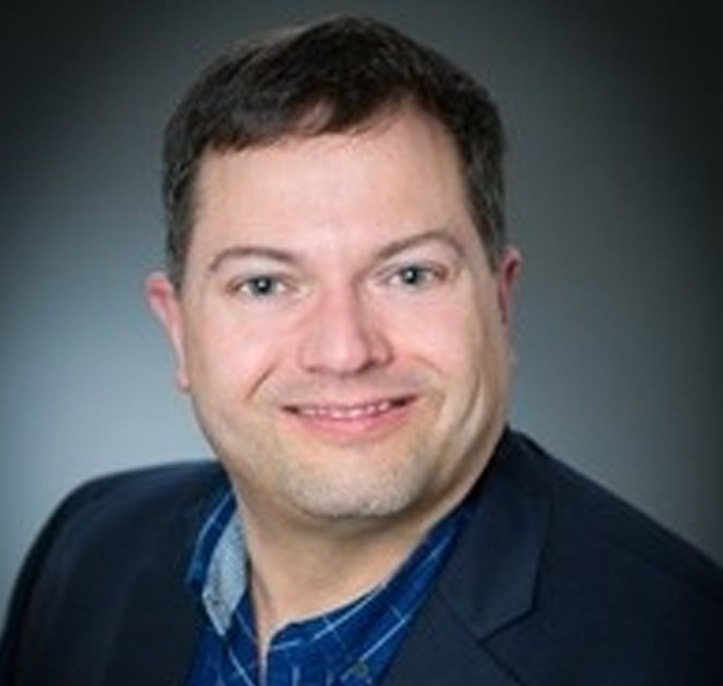
Brant Smith,
PeroxyChem
Chemical Oxidation Update: New Method for Activating Persulfate
- Bio |
- Abstract
- | Presentation
Brant Smith
Dr. Brant Smith is the Technical Applications Manager for in situ chemical oxidation (ISCO) technologies at PeroxyChem. With over 15 years of experience, Dr. Smith has designed and implemented numerous field applications and bench scale tests involving ISCO, in situ bioremediation, in situ chemical reduction, and metals stabilization. He has made over 60 presentations at national and international conferences and his research have been published in journals including Environmental Science and Technology, Journal of Contaminant Hydrology, Environmental Toxicology and Chemistry, Journal of Environmental Science and Health, and Journal of Environmental Engineering. Dr. Smith has been a co-Principal Investigator for a research grant (ER-2132) awarded by through the Strategic Environmental Research and Development Program (SERDP) and is a chapter co-author for the book “In Situ Chemical Oxidation for Groundwater Remediation” (Siegrist, et al., 2011). Dr. Smith obtained a Bachelor’s of Science with the majors of Civil and Environmental Engineering and Economics from Worcester Polytechnic Institute, and a Master of Science and Ph.D in Civil Engineering from Washington State University. He is a registered Professional Engineer in Washington State.
Chemical Oxidation Update: New Method for Activating Persulfate
Activated Klozur® persulfate has been implemented for over 10 years to successfully remediate sites with a wide assortment of contaminants; and to activate persulfate. The ability to treat different contaminants has been attributed to the activation method and the formation of the sulfate, hydroxyl, and superoxide radicals. Conventional methods of activating persulfate include iron chelates, alkalinity, heat, and hydrogen peroxide. A new area of research is the use of organic substrates to activate pesulfate. This has the potential of being a low cost alternative with the benefits of ease of implementation, greater degree of control over the rate of activation, and the ability to produce both oxidative and reductive radicals. This presentation will discuss the existing methods of activating persulfate and introduce data collected on the science behind and key characteristics of the organic activation of persulfate. This presentation will also showcase a series of bench and pilot scale tests that have been conducted to assess this novel activation method. These tests were conducted in a series of batch reactors evaluating the rate of reaction with different contaminants of concern, persistence of persulfate, effect on geochemical parameters, and potential degradation pathways. Finally, the field implementation of this new organic activator will be discussed.
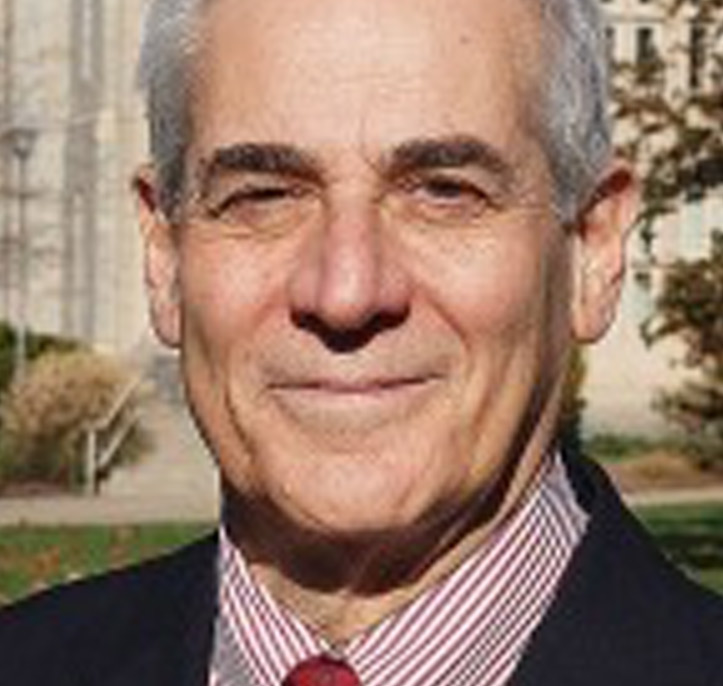
Dan Socci,
EthicalChem
Surfactant Enhanced Remediation Technologies & Case Studies
- Bio |
- Abstract
- | Presentation
Dan Socci
Dan Socci is CEO of EthicalChem and responsible for all aspects of Company operations. EthicalChem develops and markets innovative, high-performing chemical products for the environmental and oil industries. The Company specializes in advanced solutions for destroying environmental contaminants, particularly heavy hydrocarbons such as creosote and MGP coal tar, and increasing oil well production. EthicalChem’s patented remediation technologies portfolio includes Surfactant-enhanced In Situ Chemical Oxidation (S-ISCO) and Surfactant Enhanced Product Recovery (SEPR) which are field proven products optimized through years of field implementations. Previously Dan held senior management positions at VeruTEK Technologies and Hewlett Packard.
Surfactant Enhanced Remediation Technologies & Case Studies
Non-aqueous phase liquid (NAPL) is the source of groundwater and soil contamination at many sites and is a challenging problem to address in the subsurface. In-Situ Chemical Oxidation (ISCO) and pump-and-treat approaches tend to experience technical challenges in the presence of NAPL. EthicalChem’s patented Surfactant Enhanced Product Recovery (SEPR) and Surfactant-enhanced In Situ Chemical oxidation (S-ISCO) are green-chemistry technologies developed to address the source of contamination and effectively treat sorbed, hydrophobic, and free phase contaminants. SEPR is implemented for bulk NAPL removal by extraction, where surfactants are injected with low doses of hydrogen peroxide. Surfactants work to desorb and emulsify the NAPL while peroxide decomposition produces oxygen gas bubbles which physically help facilitate desorption and movement of the NAPL toward extraction wells. S-ISCO implementation addresses residual NAPL and tightly sorbed contaminants. This presentation will present the patented technology, in addition to results of laboratory and field trials. Furthermore, a pilot test at a former wood treatment facility in Delaware will be presented. Site investigations revealed extensive DNAPL impacts throughout the subsurface, with only minimal product accumulation in monitoring wells – evidence of the limited mobility of the highly viscous creosote oil. A SEPR chemical formulation was customized and used at the Site. The case study of this pilot test will present an overview of the treatment chemicals and the innovative design of the injection and extraction system.